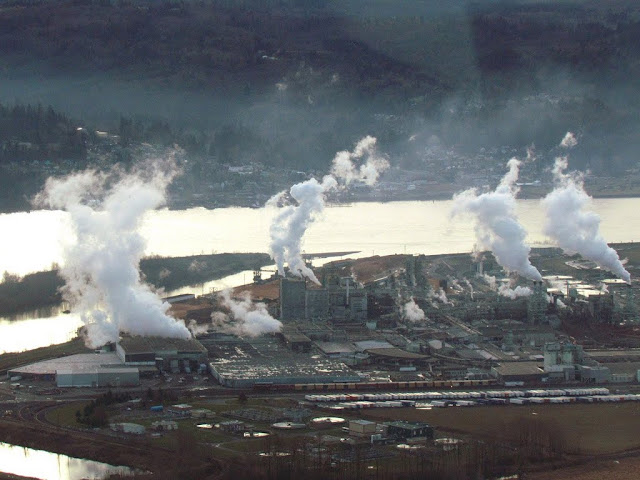I'm going to read all this. I posted right before a solo cross-country this morning and got to read a couple of the comments. And now at 7:31pm I can't remember what my CFI said in response to the same question. I completed the flight plan using KDEN winds aloft at 9000 ft. Needless to say...I didn't keep track of my time, missed some of my checkpoints but had a hell of a good time! When I flew over KFMM I thought this is hilarious! Finding a landing strip that looks just like a road takes some real practice.....almost a needle in a haystack kind of thing.
I recorded the last half of my flight using cloudahoy on my iphone.
http://www.cloudahoy.com/cgi-bin/fltShare.cgi?share=1KcRnfyCEKBzJyuMLr7es
Thanks for your responses!
And I don't know how on earth I remembered to close my flight plan but did. My CFI turns his watch around to remind him. I don't wear a watch...oh well.
Jamie





